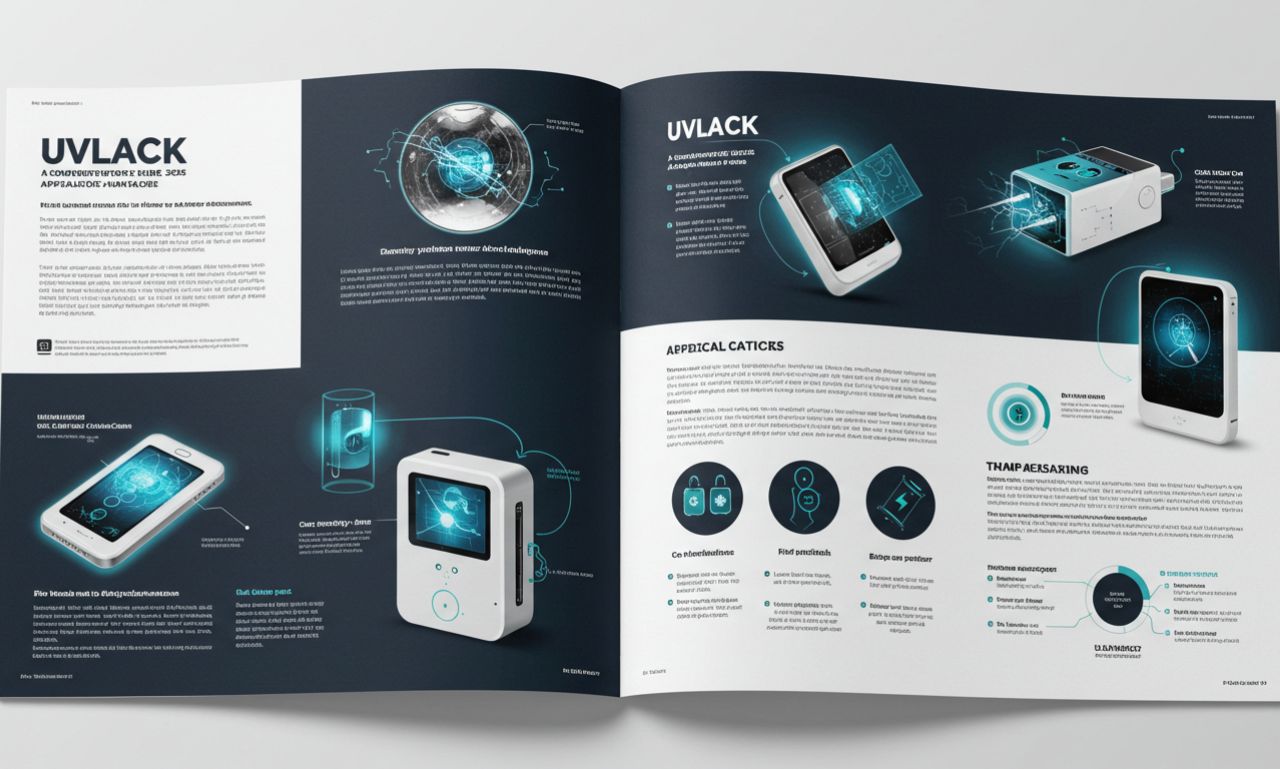UVLACK is emerging as a significant innovation in the field of surface protection, coating technologies, and material enhancement. As industries look for sustainable and efficient solutions for durability, aesthetics, and UV resistance, UVLACK is gaining notable attention across sectors. This guide explores its uses, benefits, and relevance in 2025.
What is UVLACK?
UVLACK refers to a specialized UV-cured lacquer designed to offer superior protection and finish to various surfaces. This modern coating material is primarily used in industrial and commercial applications for its durability, quick curing time, and environmental benefits.
Unlike traditional lacquers that may require heat treatment or long drying periods, UVLACK cures instantly when exposed to ultraviolet light, making production processes faster and more energy-efficient.
How UVLACK Works
UVLACK uses photoinitiators that react when exposed to UV light, triggering a polymerization process. This chemical reaction transforms the liquid coating into a hard, protective layer within seconds. This instant curing process is one of the key features that make UVLACK highly desirable in fast-paced manufacturing environments.
The fast reaction time also minimizes dust contamination and improves production throughput, particularly in sectors such as automotive, furniture, and electronics.
Key Applications of UVLACK
UVLACK finds its use in a wide variety of industries due to its adaptability and superior performance characteristics.
1. Furniture and Wood Finishing
In the furniture industry, UVLACK offers a smooth and glossy finish while protecting wooden surfaces from scratches, stains, and fading caused by sunlight. Its quick-drying properties allow for faster turnaround times in production.
2. Automotive Components
Used in both interior and exterior parts, UVLACK improves the visual appeal of plastic and metal components. It offers UV resistance and scratch protection, prolonging the life of vehicle parts.
3. Electronics and Displays
The high clarity and non-yellowing properties of UVLACK make it ideal for coating screens and displays. It adds a protective layer that resists fingerprints, minor abrasions, and exposure to light.
4. Packaging Industry
UVLACK coatings are widely used in premium packaging to enhance visual appeal and durability. They offer a glossy or matte finish depending on the requirement and improve resistance to moisture and wear.
5. Graphic Printing
In the printing industry, UVLACK is applied to paper, cardboard, or plastic to enhance color vibrancy and protect printed materials. It is particularly popular in high-end brochures, catalogs, and labels.
Advantages of Using UVLACK
Fast Curing Time
One of the biggest advantages of UVLACK is its near-instant curing when exposed to UV light, enabling high-speed manufacturing lines.
Enhanced Durability
The cured coating offers excellent resistance to mechanical stress, UV radiation, and environmental factors. This helps extend the lifespan of coated materials.
Eco-Friendly Solution
UVLACK contains little to no volatile organic compounds (VOCs), making it a safer choice for the environment compared to traditional solvent-based lacquers.
Versatile Finish Options
Manufacturers can choose between glossy, matte, and satin finishes, offering greater flexibility in design and product aesthetics.
Environmental Impact of UVLACK
With increasing global awareness of climate change and the need for sustainable production, UVLACK stands out as an eco-friendly alternative. Traditional coatings often release harmful VOCs, contributing to air pollution and worker health risks. In contrast, UVLACK has minimal emissions, making it a preferred choice in green manufacturing.
Its energy efficiency also contributes to lower carbon footprints. Since UVLACK cures without the need for heat, factories save on energy costs and reduce overall environmental impact.
Future Trends: The Evolution of UVLACK in 2025 and Beyond
As demand for efficient, high-performance coatings grows, UV-LACK is expected to evolve with advancements in nanotechnology and sustainable chemistry.
Smart Coatings
Innovations may lead to UV-LACK variants that incorporate smart properties—such as self-healing capabilities, temperature response, or anti-bacterial functions.
Greater Customization
Manufacturers are exploring new pigment and additive combinations to offer UV-LACK in a wider range of colors, textures, and performance features.
Broader Industry Adoption
While currently dominant in select industries, UV-LACK is making inroads into construction, fashion accessories, and renewable energy sectors. Its use in solar panel protection and architectural glass coatings is particularly promising.
How to Apply UVLACK: Techniques and Best Practices
UVLACK application requires specialized equipment and adherence to specific processes to ensure optimal performance.
Equipment Required
-
UV curing lamps
-
Automated sprayers or rollers
-
Cleanroom environment (to prevent dust inclusion)
Steps to Apply
-
Surface Preparation: Ensure the surface is clean, dry, and free from oils or debris.
-
Application: Apply an even coat using a spray or roller system.
-
Curing: Immediately expose the coated surface to UV light for curing, typically within seconds.
-
Quality Check: Inspect the final surface for uniformity, gloss level, and hardness.
Proper training and calibration of equipment are essential to achieving consistent results with UV-LACK.
Challenges and Considerations
Despite its advantages, there are a few challenges when adopting UV-LACK:
-
Initial Equipment Cost: UV curing systems and clean environments can require upfront investment.
-
Limited Surface Compatibility: Not all materials respond well to UV-curable coatings.
-
Training Requirements: Operators must be trained to handle equipment and safety measures.
However, these challenges are often outweighed by long-term benefits and ROI.
Safety and Handling of UVLACK
Safety is critical when working with UV-LACK, particularly due to the use of UV light.
-
Always wear UV-protective gear (goggles, gloves).
-
Ensure proper ventilation in application areas.
-
Store UV-LACK products away from direct sunlight to avoid premature curing.
By following safety guidelines, manufacturers can minimize risks and maintain a safe working environment.
Final Thoughts
UVLACK represents a significant advancement in coating technology, offering speed, sustainability, and high performance. Its ability to adapt to various industries and applications positions it as a future-proof solution in the evolving landscape of material protection and finishing.
Whether you’re a manufacturer, product designer, or sustainability advocate, understanding UV-LACK and its capabilities can give you an edge in today’s competitive and environmentally conscious market.
